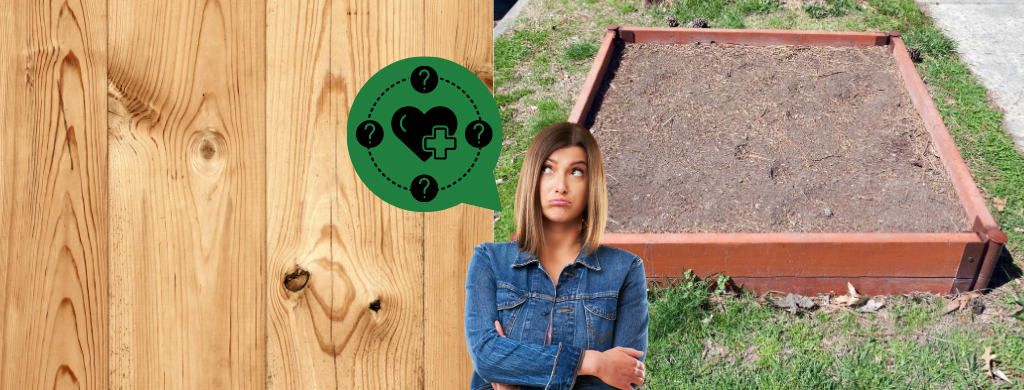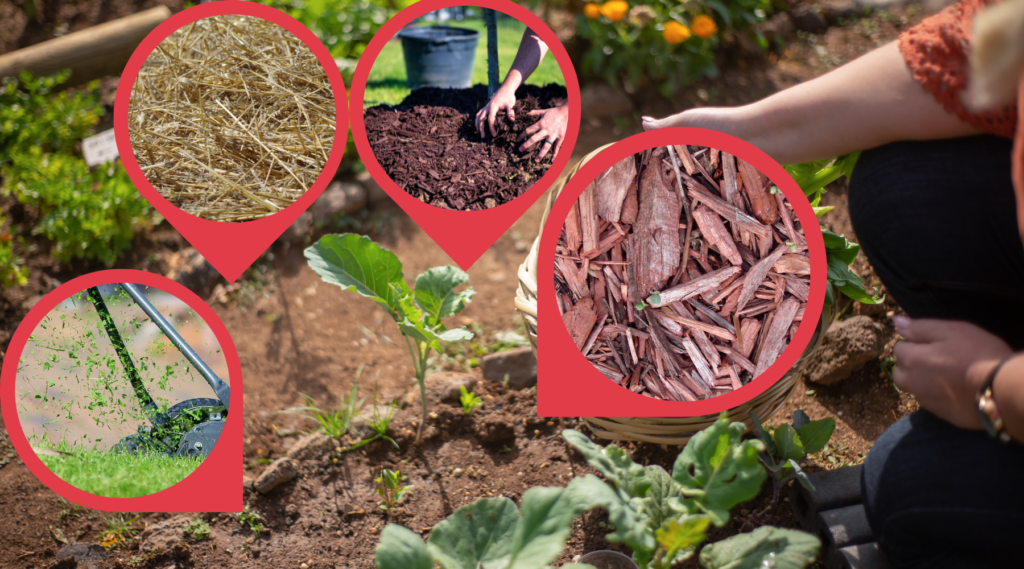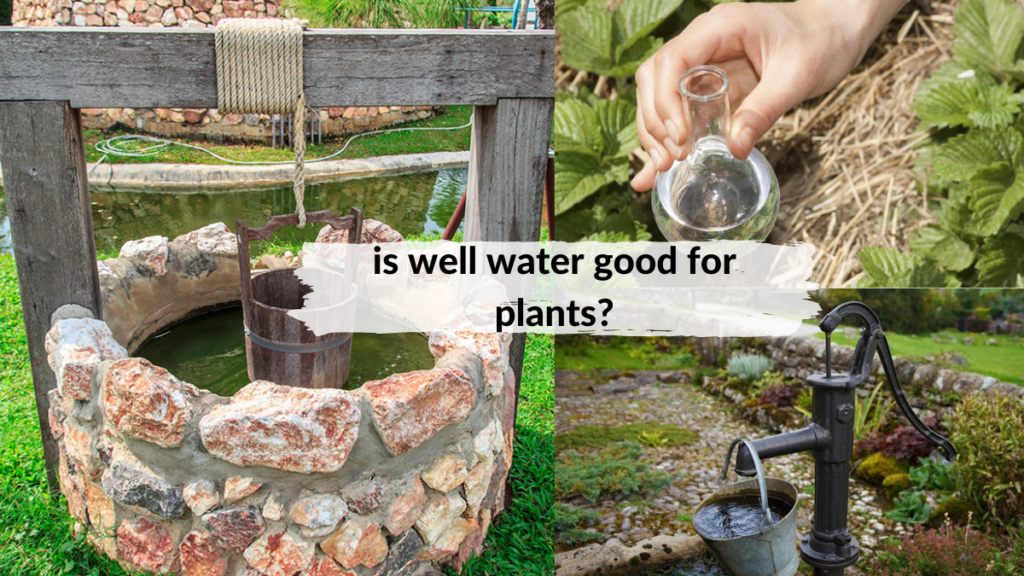Raised garden beds are easy to build and maintain. You just need to plan everything that you must do to make the bed last for years and continue growing crops. Start gardening in raised beds by choosing the materials for building the garden first.
The most common material used for these beds is wood. There are a lot of hardwood options but if you are going for something inexpensive, pine is a common alternative. However, it is softwood and would require wood treatment for it to last longer than it should.
is it safe to use pine when building raised beds for vegetable gardens?
When it comes to the type of wood that you will be using for your raised beds, it is highly recommended that you go for untreated wood. This also means that if the only available wood in your area is pine, you need to use untreated pine.
Since it is an affordable alternative, many are choosing to use it for their raised beds instead of expensive counterparts. However, the only disadvantage when using this wood is its longevity.

Unlike hardwood such as cedar or redwood that can last for 10 years or so, pine can only last for about 5 years. It is still a good alternative though especially when you are trying to cut on the expenses while still pursuing gardening.
It is advised that you use “regular” boards instead of treated lumber because pressure-treated wood is known to contain chemicals to make it rot resistant. In time, these chemicals will start leaching into the soil, which will then be absorbed by plant roots.
how to make pinewood last longer
Given that pine wood will not last long, there is something that you can do to improve its longevity. One way is to paint the pine boards with raw linseed oil.
It is a classic wood treatment derived from natural flaxseed. It is known for its excellent preservative properties as well as its water resistance.
Since this wood preservative dries longer, it might be difficult for you to apply it on the wood during damp weather or during the cold season. Applying it during cold weather as it will remain sticky for a couple of weeks.

Due to these reasons, many variants of this oil are not pure raw and are mixed with solvents like mineral spirits. These are the variants called “boiled linseed oil” and driers up quicker than the raw version.
What is worse is that other varieties may contain additives like heavy metals that are like the ones used for pressure-treated woods. This is the main reason why you should be careful with what you are buying and make sure that it is made of natural materials.
Also, since it is made from a pure natural material, it does not protect the wood from mildew or UV sunlight. It is also flammable, so you must make sure that you keep the rags you use for applying it disposed of properly.
other alternatives for pine wood
If you do not like to go through all the troubles of painting your pinewood with wood preservative, you can always opt for other durable alternatives. There are a lot of options that you can use for building your raised garden. Some of these are the following:
southern yellow pine
This wood is known for its impressive buildability. Though it is considered a softwood, it has a straight grain and is stronger. Since it is also very dense, it can hold screws and nails tight for many years.
cedar
Cedar is expensive but it is worth using for your raised beds as it lasts longer. It can last for more than 10 years and is naturally rot-resistant.
What makes it more interesting to use is that it gives off a beautiful natural wood colour. This will make your garden more attractive because of the rustic look this wood gives off.
Important note:
When choosing fasteners for your garden beds and you are using wood, you must use galvanized fasteners. Whether you are using screws or nails, you should go for galvanized versions.
Using such fasteners will resist rusting. Unlike ungalvanized versions that break away and decay, these are long-lasting. This means that your raised beds will remain intact for years and will not easily fall apart.

concrete blocks
A more durable option that you can use is concrete or cinder blocks. You get to choose how you want your garden beds to look like with this material.
The only disadvantage of this is that it requires more work. You must compact and level the ground underneath. Unlike wood, this material lasts longer and would not require replacements for years.
galvanized metal
Another popular alternative is the use of galvanized metal. It is recommended that you get galvanized metal as it will not rust even when exposed to moisture. This is also longer lasting like concrete or cinder blocks.
With these alternative materials, you get choose which one will work for your budget and your skills. You need to pay more attention to planning to make the most out of the material that you are going to use for your raised beds.
importance of choosing the right material for your raised beds
It is important to pay attention to the materials you use for your garden beds especially if you want it to last for years. The last thing that you want to experience is stopping the production of your crops just because you must replace the beds you made.
Wouldn’t it be nice if you have nothing else to worry about with your garden but to amend the soil and keep growing as many plants as you want?

You must carefully pick the materials you are investing in for your garden beds. Planning before starting is also an advantage since you will have an idea of what your garden will look like. Furthermore, it will give you enough time to spend both in building the bed and starting your garden within a period.




